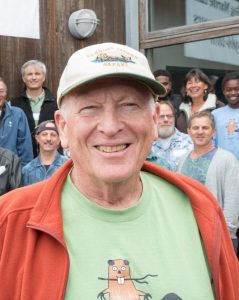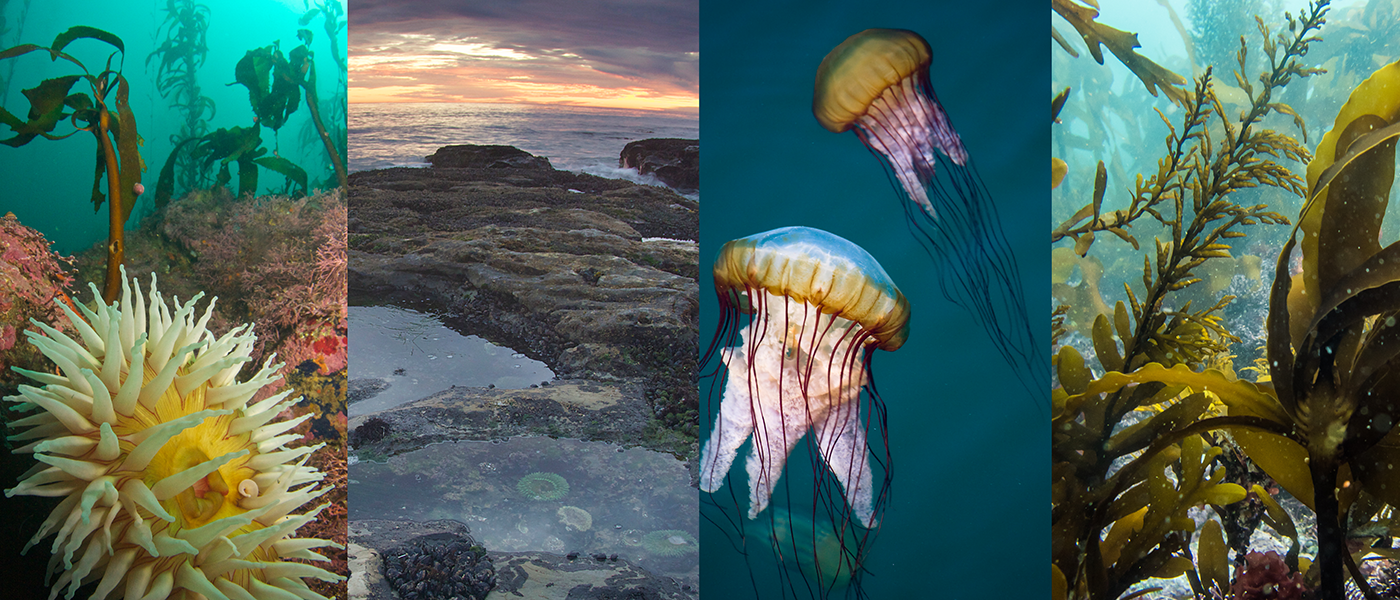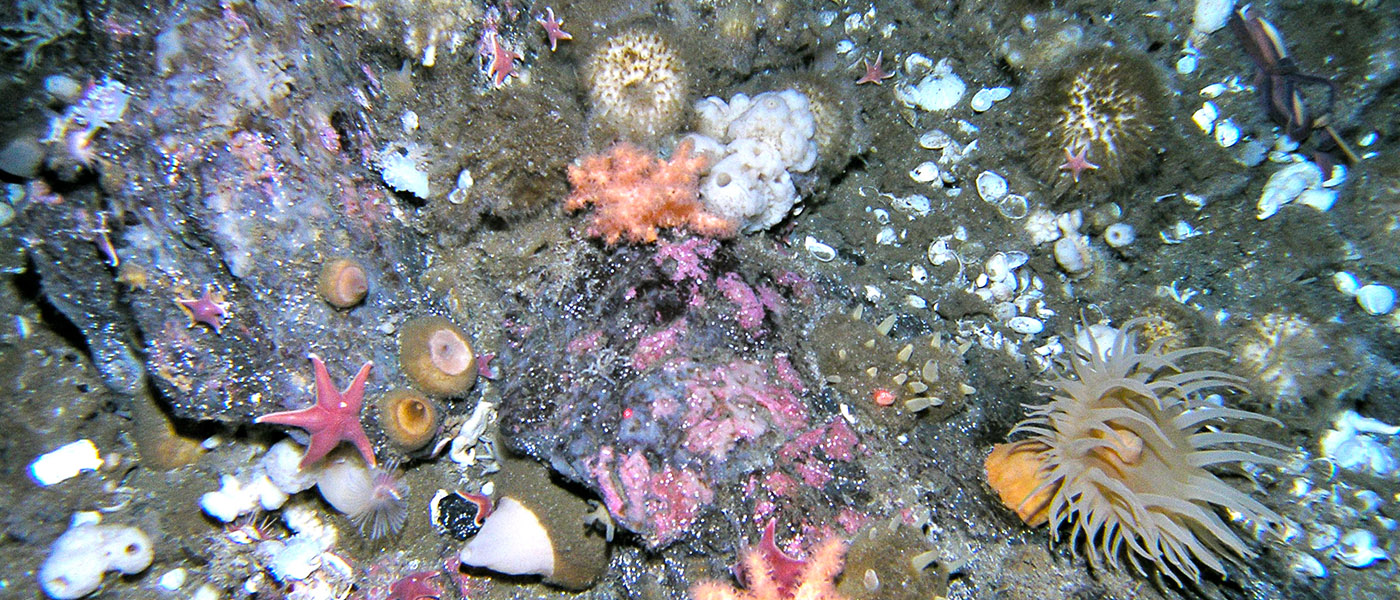John Oliver
Research Faculty
Department: Benthic Ecology
Website: https://mlml.sjsu.edu/benthic/
Contact:
email: oliver@mlml.calstate.edu
phone: (831) 771-4445
office: 49 Norte
Biography:
With my research partners in the Benthic Lab, I explore disturbances and other processes that influence the organization of benthic invertebrate communities, particularly in sedimentary habitats or soft bottom ecosystems from Antarctica to the Arctic Ocean. We’ve explored community responses to storm waves, hypoxia, freshwater and sediment deposition from rivers, tidal erosion, landsides, ice grounding, anchor-ice uplift, and the feeding activities of animals that excavate sediment including gray whales, walruses, and sea otters. We’ve also explored benthic responses to human-induced disturbances caused by domestic and industrial wastes, excavation and disposal of dredged material from harbors, and enhanced erosion of watershed soils and deposition in coastal ecosystems. Along the way, we discovered one of the most diverse soft bottom communities in the world at the shelf edge in Monterey Bay, and dramatic degradation of inner shelf communities from regional warming since the 1980s. Both patterns are linked to food, which increases at the shelf break and decreases with warming water. Since we were often the first to sample many bottom communities, we established the first quantitative communities descriptions (baselines) so future ecologists can explore longer-term community fluctuations, particularly from decadal and centennial ocean climate cycles. Since 1990, we’ve helped to restore native communities in coastal wetlands (fresh to salt), sand dunes, grasslands, and forests; and control sediment erosion from landslides, gullies and roads. More recently, we are helping to develop the Salinas Valley Whole Water Project with engineers from Stanford University who focus on “indoor” resource recovery systems, while we focus on the “outdoors:” recovering natural water infrastructure and developing biofilters and living architecture. Our outdoor work is spearheaded by the Central Coast Wetlands Group at MLML. And finally, we are working with a group of architects, artists, engineers and entrepreneurs using new materials for erosion control and the development of marine habitats.
Research Interests:
- Invertebrates
- Soft bottom ecosystems
- Wetland ecology
Curriculum Vitae:
Selected Publications
- Francisco Barros, Hugues Blanchet, Kamille Hammerstrom, Pierre-Guy Sauriau, John Oliver. 2014. A framework for investigating general patterns of benthic b-diversity along estuaries. Estuarine, Coastal and Shelf Science 149 (2014) 223e231
- Dayton, P.K., Kim, S., Jarrell, S., Oliver, J.S., Hammerstrom, K., Fisher, J., O’Connor, K., Barber, J., Robilliard, G., Barry, J., Thurber, A., and Conlan, K. 2013. Recruitment, growth, and mortality of an Antarctic Hexactinellid sponge, Anoxycalyx joubini. PLoS ONE 8(2): e56939. doi: 10.1371/journal.pone.0056939
- Hammerstrom, K. K., Ranasinghe, J. A., Weisberg, S. B., Oliver, J. S., Fairey, W. R., Slattery, P. N., & Oakden, J. M. 2010. Effect of sample area and sieve size on benthic macrofaunal community condition assessments in California enclosed bays and estuaries. Integrated Environmental Assessment and Management 8(4):649-658.
- John Oliver, Kamille Hammerstrom, Erika McPhee-Shaw, Peter Slattery, James Oakden, Stacy Kim & S. Ian Hartwell. 2011. High species density patterns in macrofaunal invertebrate communities in the marine benthos. Marine Ecology 32: 278-288.
- John S. Oliver, Stacy L. Kim, Peter N. Slattery, James A. Oakden, Kamille K. Hammerstrom, and Ethan M. Barnes. 2008. Sandy bottom communities at the end of a cold (1971-1975) and warm regime (1997-98) in the California Current: impacts of high and low plankton production. Nature Precedings doi: 10.1038/npre.2008.2103.1
- Weisberg, S.B., B. Thompson, J.A. Ranasinghe, D.A. Montagne, D.B. Cadien, D.M. Dauer, D. Diener, J. Oliver, D. Reish, R. Velarde and J. Word. 2008. The level of agreement among experts in application of best professional judgment for assessing the condition of benthic infaunal communities. Ecological Indicators 8(4): 389-394.
- Conlan, K.E., S.L. Kim, H.S. Lenihan, and J.S. Oliver. 2004. Benthic changes during 10 years of organic enrichement by McMurdo Station, Antarctica. Marine Pollution Bulletin 49: 43-60.
- Conlan, K.E., Kim, S.L., Lenihan, H.S., Oliver, J.S. 2003. Benthic community changes at McMurdo Station, a response to sewage abatement. In: Huiskes, A.H.L., Gieskes, W.W.C., Rozema, J., Schorno, R.M.L., van der Vies, S.M., Wolff, W.J. (Eds.), Antarctic Biology in a Global Context. Backhuys Publishers, Leiden, The Netherlands, pp. 264–270.
- Lenihan, H.S., Peterson, C.H., Kim, S.L., Conlan. K.E., Fairey, R., McDonald, C., Grabowski, J.H., and J.S. Oliver. 2003. Variations in marine benthic community composition allow discrimination of multiple stressors. Marine Ecology Progress Series 261: 63-73.
- Carney, D., J.S. Oliver and C. Armstrong. 1999. Sedimentation and composition of wall communities in Alaskan fjords. Polar Biology 22: 38-49.
- Conlan, K.E., H.S. Lenihan, R.G. Kvitek and J.S. Oliver 1998. Ice scour disturbance to benthic communities in the Canadian high arctic. Marine Ecology Progress Series 166: 1-16.




